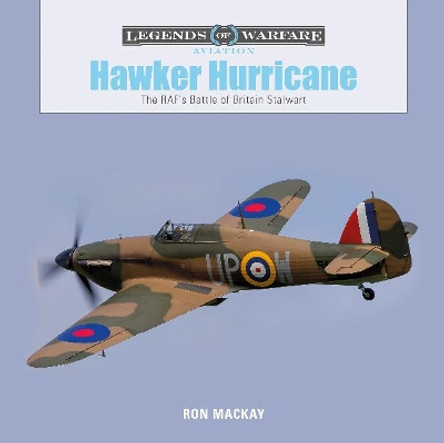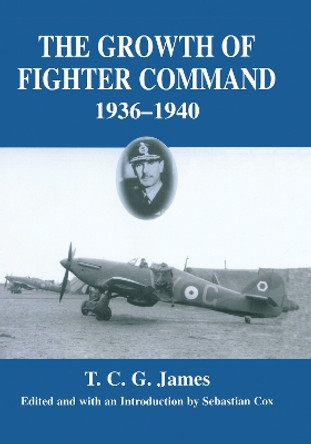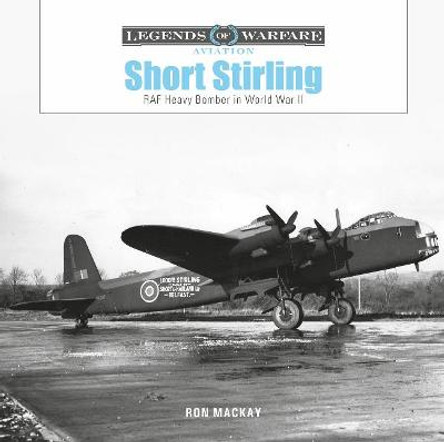Royal Air Force Fighter Command's brief was to provide an effective aerial barrier to any attempt at domination of British skies. The aircraft and technical resources on hand between 1936 and WWII's initiation were thankfully improved to a level that was barely sufficient to withstand the hitherto unchallengeable Luftwaffe's advance across Western Europe. Between 1940 and 1942 the Command generally found itself on the back-foot in terms of overall success. The introduction of aircraft designs that would change the situation, however costly, in its ultimate favour, featured prominently from the mid-point of WWII. The Luftwaffe found itself being challenged and regularly bested 'round the clock'; by the advent of D-Day the Command's efforts had materially contributed to the Allied on-surge that had placed its adversary on a permanent downward spiral towards total extinction.
About the AuthorRon Mackay's involvement with military aviation began during WWII. The local Coastal Command airfield at his birthplace of Wick in Scotland provided a wealth of RAF and USAAF designs with which to stimulate his interest that was subsequently sustained by National Service in the RAF. A working knowledge of German has expanded his field of study into the Luftwaffe. To date, he has published 27 books covering the aforementioned Allied and Axis Air Forces that include several co-authored examples. Further books are currently under process of completion.
Book InformationISBN 9781781557273
Author Ron MacKayFormat Hardback
Page Count 544
Imprint Fonthill Media LtdPublisher Fonthill Media Ltd
Weight(grams) 980g
Dimensions(mm) 248mm * 172mm * 42mm






